Fujifilm X-T30 review
Does Fuji’s retro styled, lifestyle orientated mirrorless camera deserve its ‘little giant’ tag?
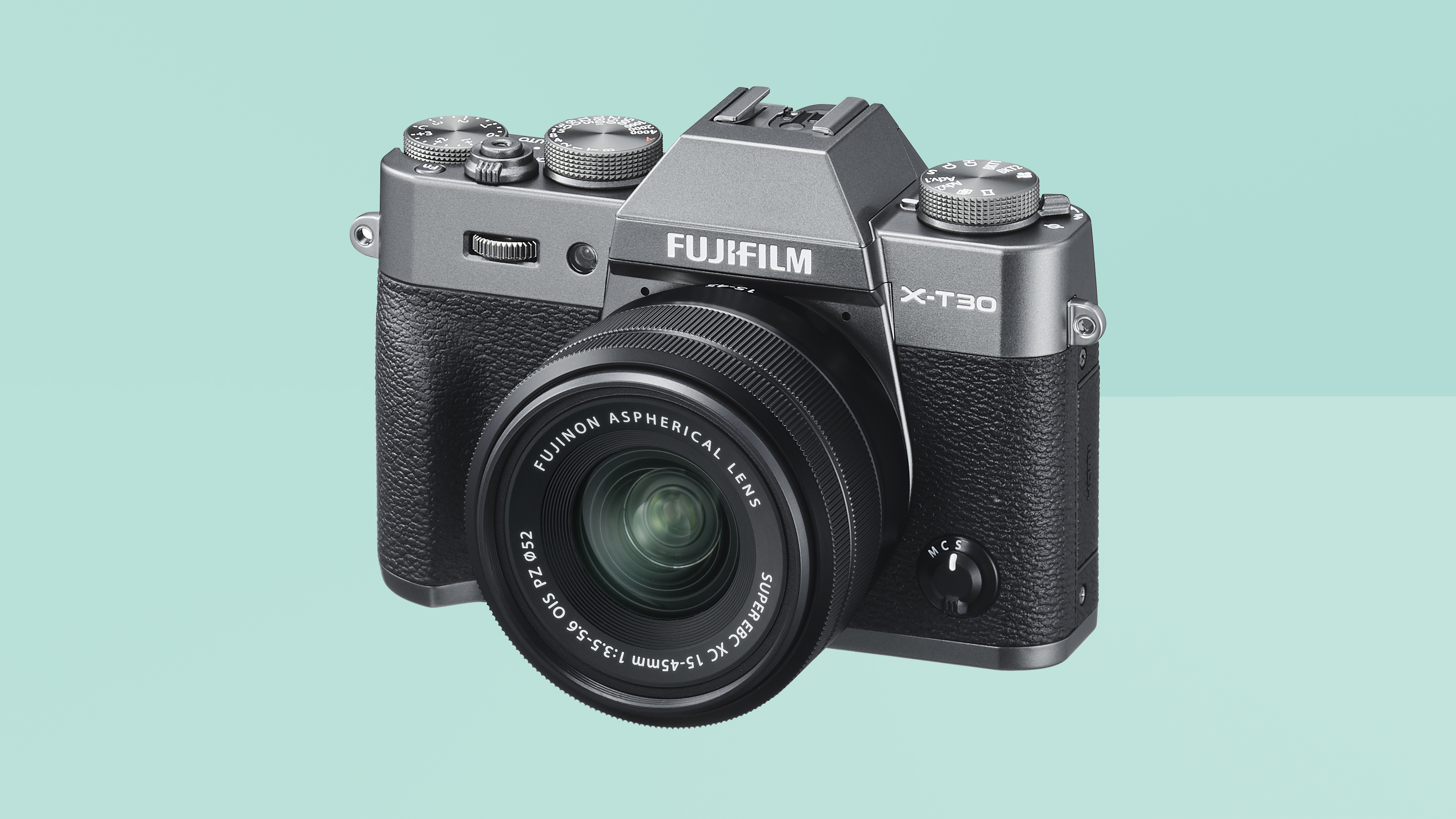
This is a camera that the less experienced might be a little daunted by at first, yet will be able to grow into. Though it might not be a top-of-the-range X series model – in fact with the recent launch of the X-S10 it sits somewhere in the middle of the manufacturer’s line up – the feature set and handling of this one impressed us.
-
+
Very solid build quality
-
+
High quality image
-
+
Offers plenty of manual controls despite its compact proportions
-
+
Massive range of directly compatible lenses and accessories
- +
- +
-
-
Absolute beginners may require a period of familiarisation
-
-
Back plate buttons and new thumb operated joystick could be larger Lack of in-camera image stabilisation
Why you can trust T3

For those photographers who covet the retro style – when it comes to both design and operation – Fuji’s knob-festooned ‘X’ series cameras are hard to beat. They blend classic rangefinder-type looks with high image quality, yet relatively compact size. And we think its X-T30 mirrorless compact is one of the best marriages of these core qualities in its current line up.
Though outwardly a throwback to yesteryear, the Fuji X-T30 is in fact a wolf in sheep’s clothing. It’s crammed with the latest tech, including a larger than average APS-C sensor. Yes, it appears Fuji is stubbornly refusing to upgrade to a full-frame chip, even if its rivals – notably Sony, Panasonic, Canon and, latterly, Nikon – have released full-frame sensor mirrorless compacts by the bucket-load lately.
Though this camera, in updating the X-T20, is just as much about the image it portrays as the images it delivers, X-T30’s sensor still offers a very respectable 26 megapixels. Body-wise, a choice of black, silver or charcoal grey options should satisfy both photo purists and Instagram influencers.
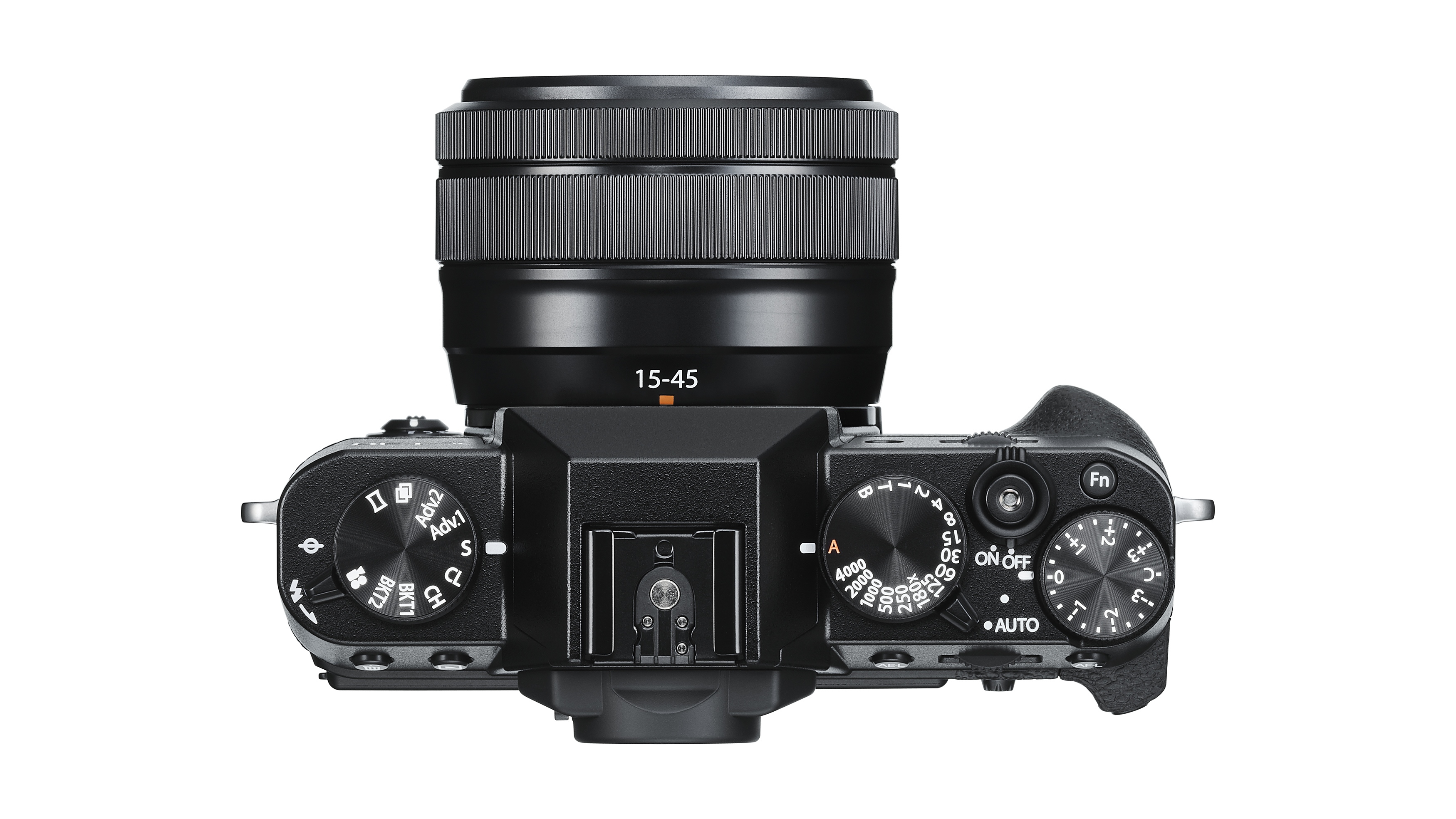
Fujifilm X-T30 review : Design and Handling
With its traditional looks and mixture of black and silver detailing, this solidly built camera is tooled for years of use. Absolute beginners may find its busy mix of top-plate dials and switches, which control shooting options, shutter speed and exposure – features sometimes otherwise buried away with menu screens – a little confusing at first.
Fortunately then, there’s still the option to leave these on ‘A’ for auto or ‘0’ for exposure and let the camera itself decide – at least when starting out. More positively still, these same dials have just the right amount of ‘give’, each setting selected with a definite click. This enabled us to feel our way around the camera’s surface and implement manual selections with our right eye still glued to the eye-level viewfinder.
Alternatively, we have the option of using the larger LCD screen for shot composition and review. The Fuji X-T30’s monitor can be flipped out and angled upward, so the photographer is looking down on it in a medium format camera shooting style. This greatly helps when shooting video, enabling us to crouch low to the ground and still be able to monitor what’s going on. It’s not however the best for selfies, as it won’t flip up to face front and your subject.
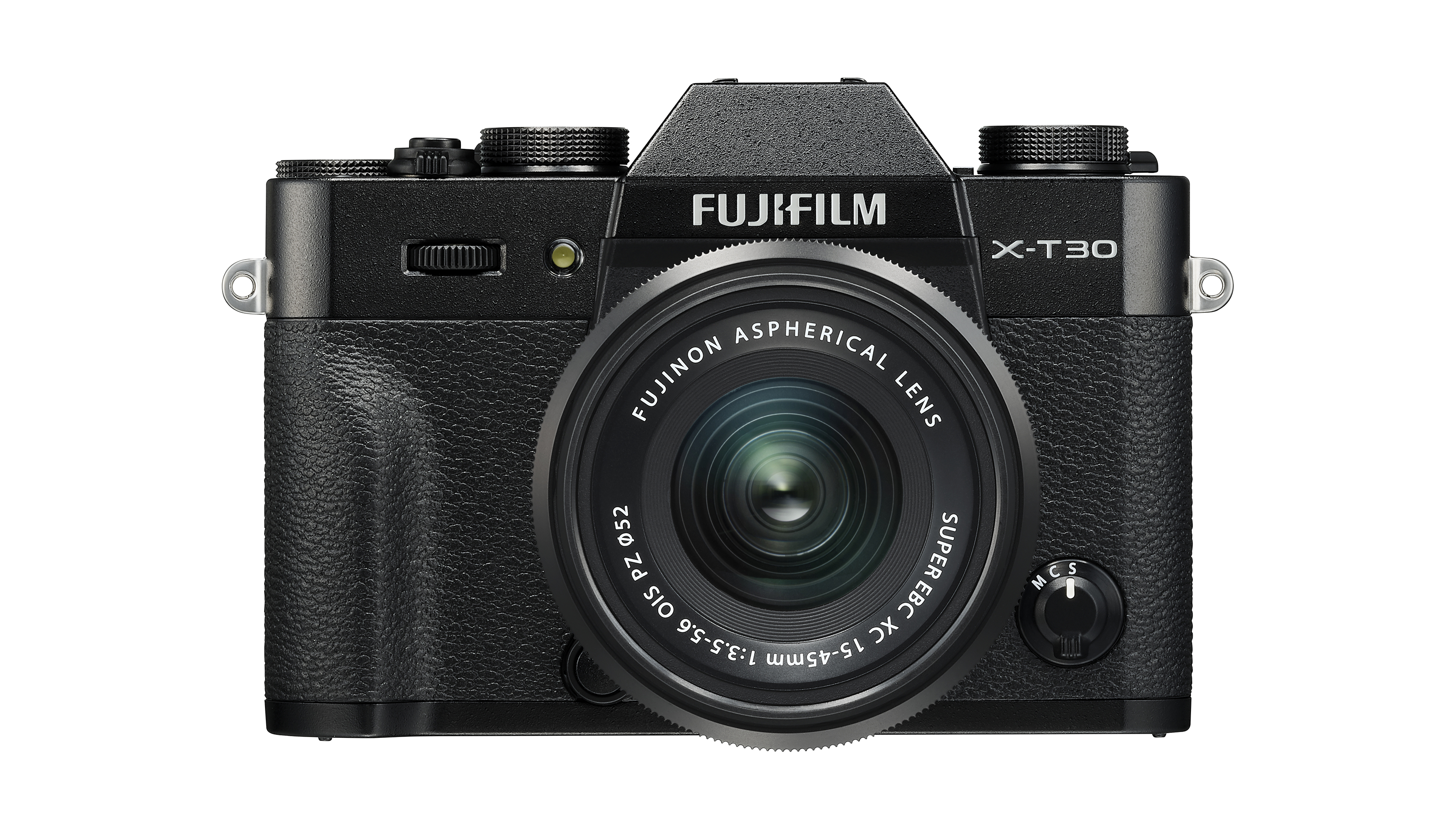
Despite providing an entry point into Fuji’s X system, the X-T30 doesn’t feel compromised in any way. Neither does it feel lightweight, literally, at an official 383g body only.
However, with the 18-55mm lens attached it is a tight squeeze for a jacket pocket and would benefit from being carried in a camera bag, rucksack or via use of the provided neck strap. And with a camera that looks this good, why would you want to hide it away?
Fujifilm X-T30 review : Features
As well as the aforementioned 26-megapixel stills, the camera offers the now expected 4K resolution footage at a standard 30 frames per second capture rate.
The alternative is to opt for regular Full HD clips, here capable of being recorded at up to 120fps, which results in slow-motion footage when they’re replayed. Just as impressive for action photographers is that the camera is able to deliver 30fps bursts of photographs too when using the camera’s electronic shutter, or a still respectable for its class 8fps if using its mechanical shutter.
Despite the relatively compact proportions and its classic rangefinder/SLR type looks, Fuji has still found room for a well-hidden pop-up flash on its X-T30, while a vacant hotshoe atop the camera also provides room for an optional flashgun for photographers seeking even better results, should it be required.
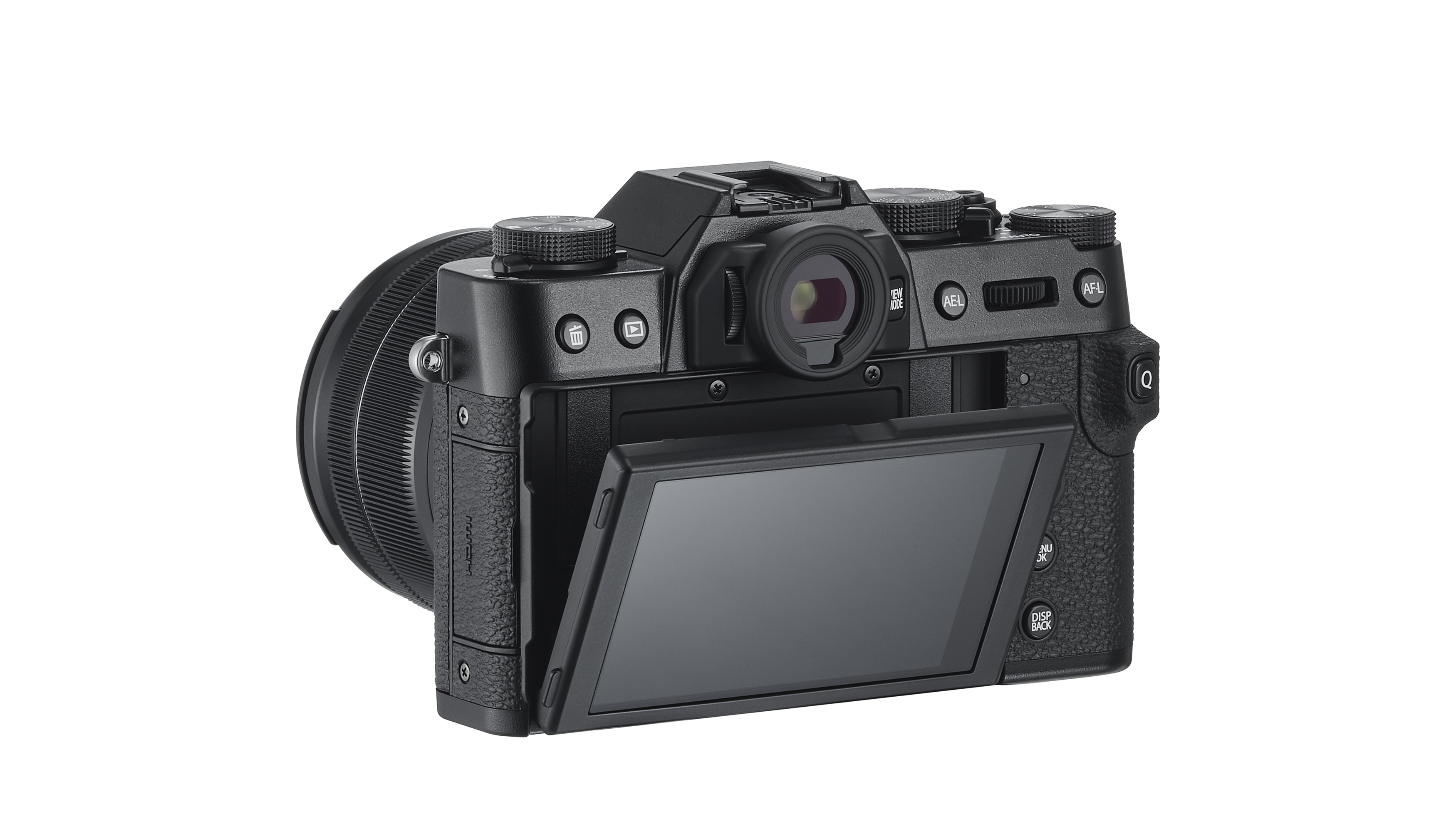
Fujifilm X-T30 Review: Performance
Fuji has referred to its X-T30 as ‘the little giant’ – taken by us to mean a small camera yet a big performance. In practice, it’s actually a pretty sophisticated alternative to both a smartphone and a larger DSLR, with its chunky knobs, dials, levers and control wheels really benefit those who like to get hands-on and make manual adjustments to their images, rather than just point and shoot.
Therefore if you do know a bit more about photography and cameras in general, it stands to reason you’ll get a bit more out of this one. Being able to dial down the exposure in real-time with a flick of the thumb on a dial, for example, and see the image on the LCD visibly dimming in response, not only makes for ease of use, but swifter operation overall. After a period of familiarising ourselves, we thought less about what the camera was doing, and more about the subjects we wanted to capture – which is as it should be.
The X-T30’s autofocus point – the familiar illuminated green square – can be moved around the frame with a thumb steer of the joystick on the camera back. We felt both this control and the backplate buttons, in general, could do with being just a tad larger, as the joystick – which was a control pad on previous iterations – is a little fiddly to use due to its toothpick size. We are able, as an alternative, to merely tap the subject on screen to direct focus, however, and that’s what we found ourselves doing more regularly, as it was both more accurate and more comfortable to do so.
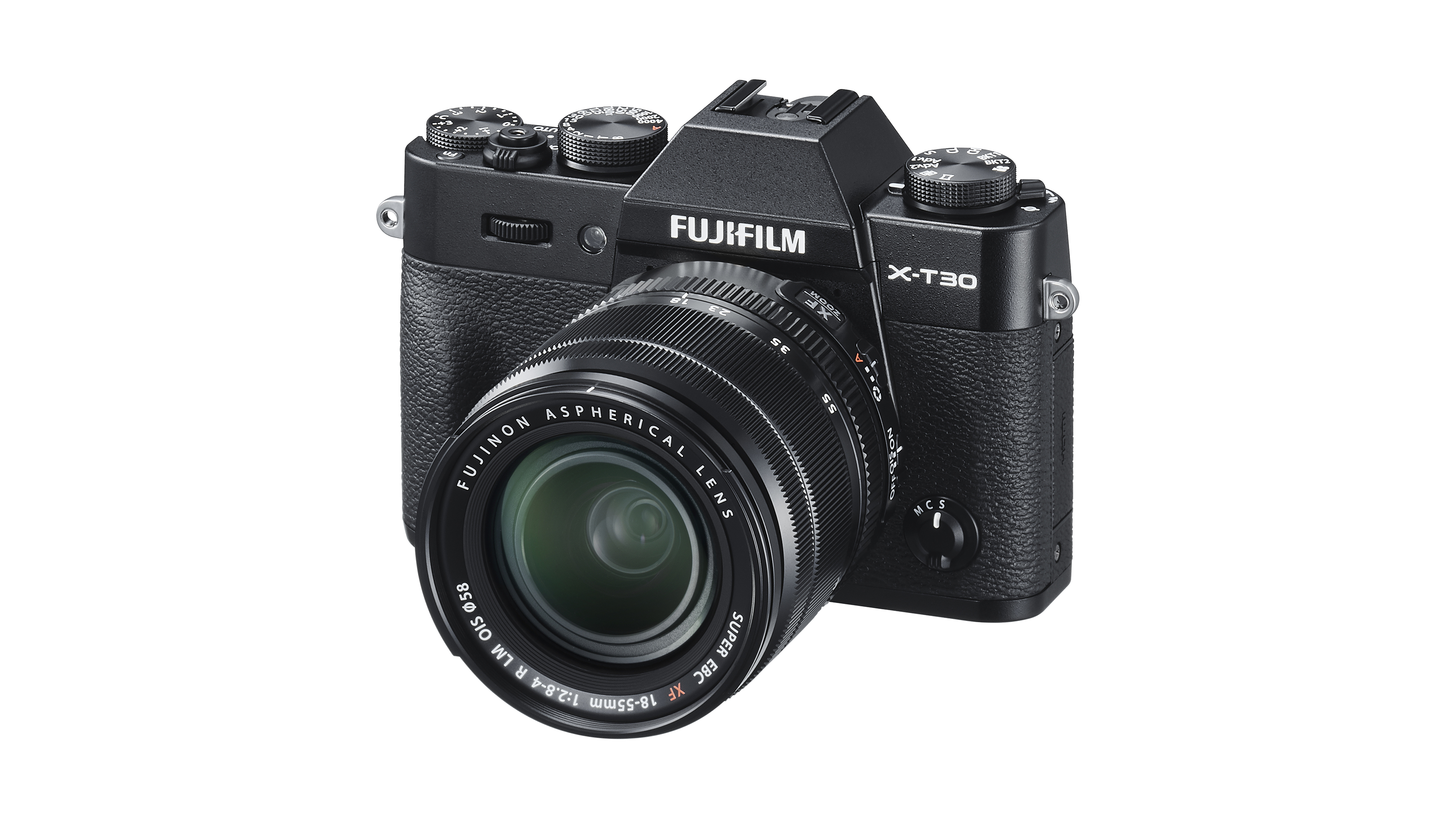
Fujifilm X-T30 Review: image samples
For our test period, we were blessed with fleeting winter sunshine between the showers, with the X-T30 accurately picking up the natural colours and the sensor, when combined with the 18-55mm standard zoom lens we had on test, delivering detail right into the corners of the frame.
This being a Fuji, we also get a smattering of Film Simulation modes with which to add visual ‘pep’ in-camera should shooting conditions prove dull. Generally speaking, anyone upgrading to a Fuji X-T30 from a smartphone will be pleased with the visible difference between results from the two.






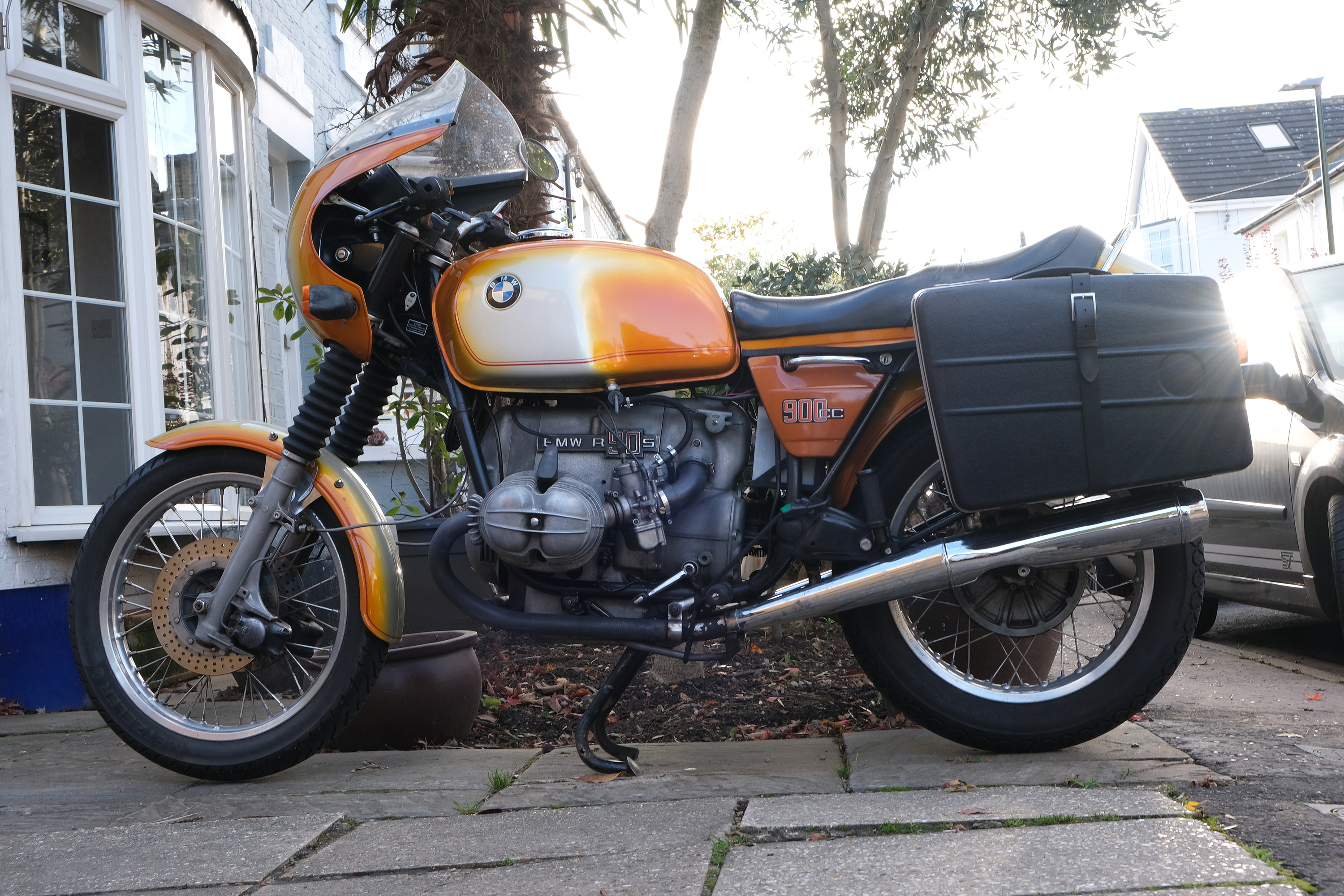
Fujifilm X-T30 Review: Verdict
The old adage you get out what you put in applies to the Fuji X-30. This is a camera that the less experienced might be a little daunted by at first, yet will be able to grow into. Though it might not be a top-of-the-range X series model – in fact with the recent launch of the X-S10 it sits somewhere in the middle of the manufacturer’s line up – the feature set and handling of this one impressed us. It did so enough to suggest that it should satisfy most keen photo enthusiasts for years of loyal use. Which, given that it is not an inexpensive investment, is exactly what we want to hear.
Liked this?
Sign up to the T3 newsletter for smarter living straight to your inbox
Get all the latest news, reviews, deals and buying guides on gorgeous tech, home and active products from the T3 experts
Gavin Stoker has been writing about photography and technology for the past 20 years. He currently edits the trade magazine British Photographic Industry News - BPI News for short - which is a member of TIPA, the international Technical Imaging Press Association.
-
 Three exercises to 'life-proof' your shoulders, according to a mobility expert
Three exercises to 'life-proof' your shoulders, according to a mobility expertHealthy shoulders mean better movement, more strength and less injury
By Bryony Firth-Bernard Published
-
 Coleman takes on YETI with lighter, tougher and cheaper Pro Cooler range
Coleman takes on YETI with lighter, tougher and cheaper Pro Cooler rangeMove over, YETI – there’s a new cooler in town, and it's not here to play nice
By Matt Kollat Published
-
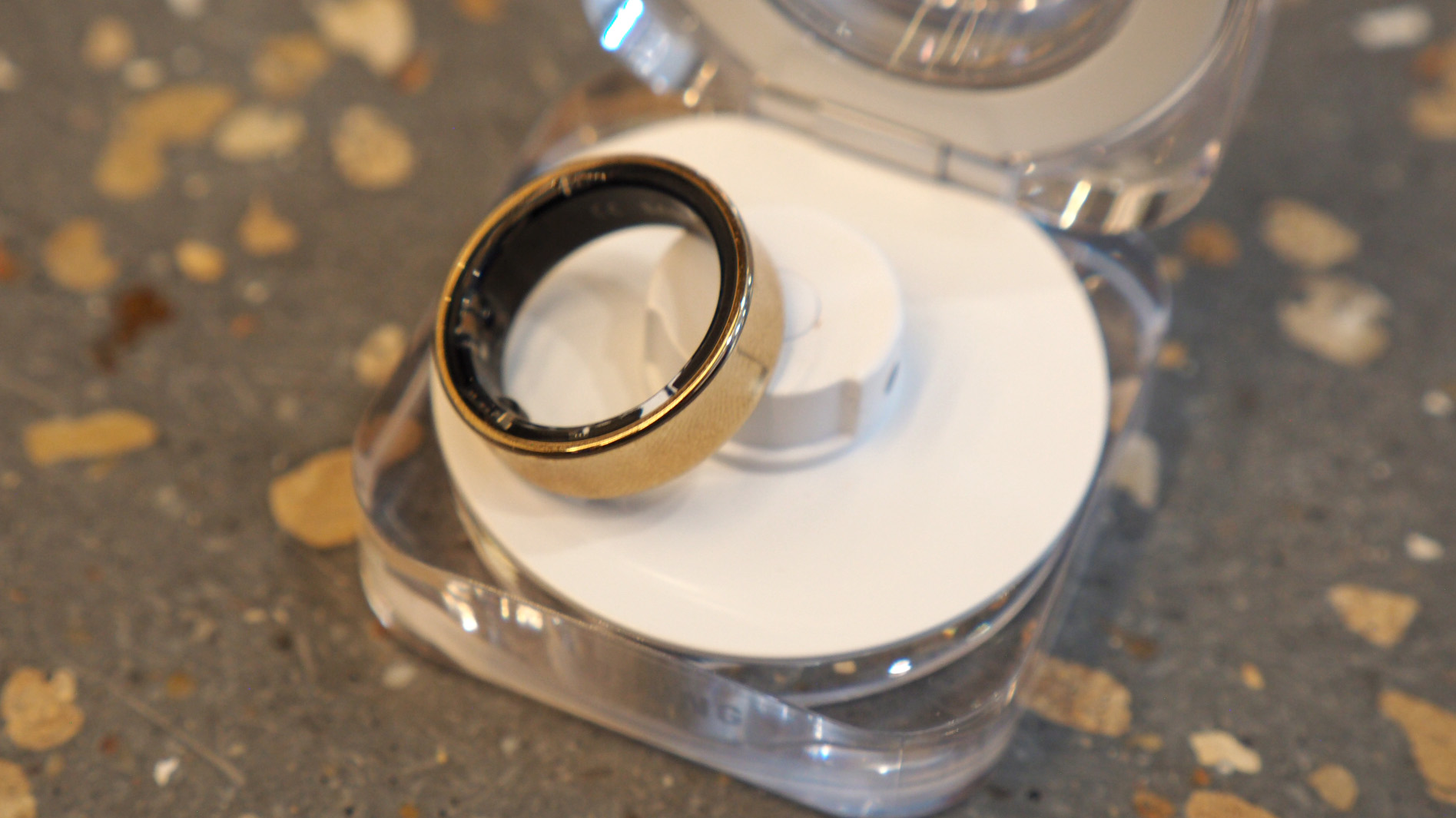 In the future, you might never have to take off your Galaxy Ring to charge it
In the future, you might never have to take off your Galaxy Ring to charge itA newly uncovered patent reveals Samsung is working on a wearable charger for its Galaxy Ring, and it makes a lot of sense
By Matt Kollat Published